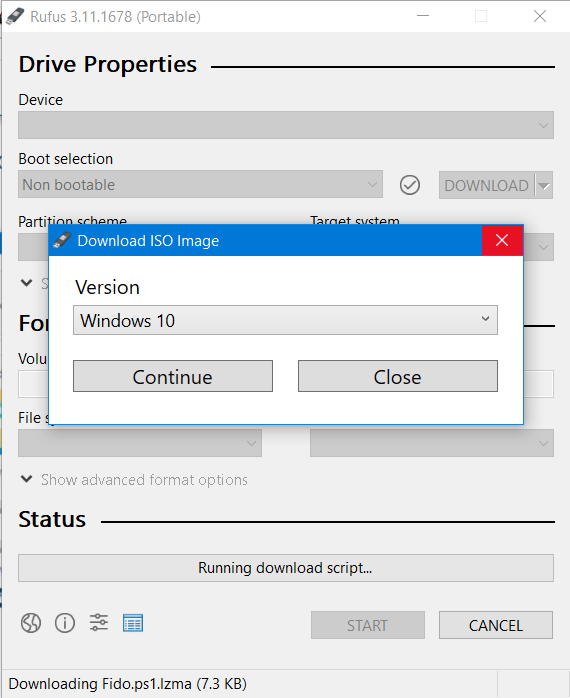
Common keys used: Esc, Delete, F1, F2, F10, F11, or F12 and find Boot Mode Option. How to check your PC’s boot mode: Before we dive into the process of creating a windows installer, you need to verify if your PC’s boot mode is UEFI or BIOS through the following steps: Boot the PC, and press the manufacturer’s key to open the menus. In general, we will advise you to install Windows using the newer UEFI mode, as it includes more security features, and it support partitions more than 2TB. It is important to say that Windows 8 and Windows 10 use the UEFI Boot Mode. UEFI Boot Mode: This is the boot mode for the new generation of computers. Legacy boot mode does not normally support partitions greater than 2TB in size and can cause data loss or other problems if you try to use it normally. The legacy boot is the process of booting the computer using BIOS firmware and sometimes it must be explicitly enabled/allowed in the BIOS settings.

The regular way of booting into software and operating systems is called “Legacy Boot”. Legacy Boot Mode: Legacy Boot Mode is mostly used for old computers.


 0 kommentar(er)
0 kommentar(er)
